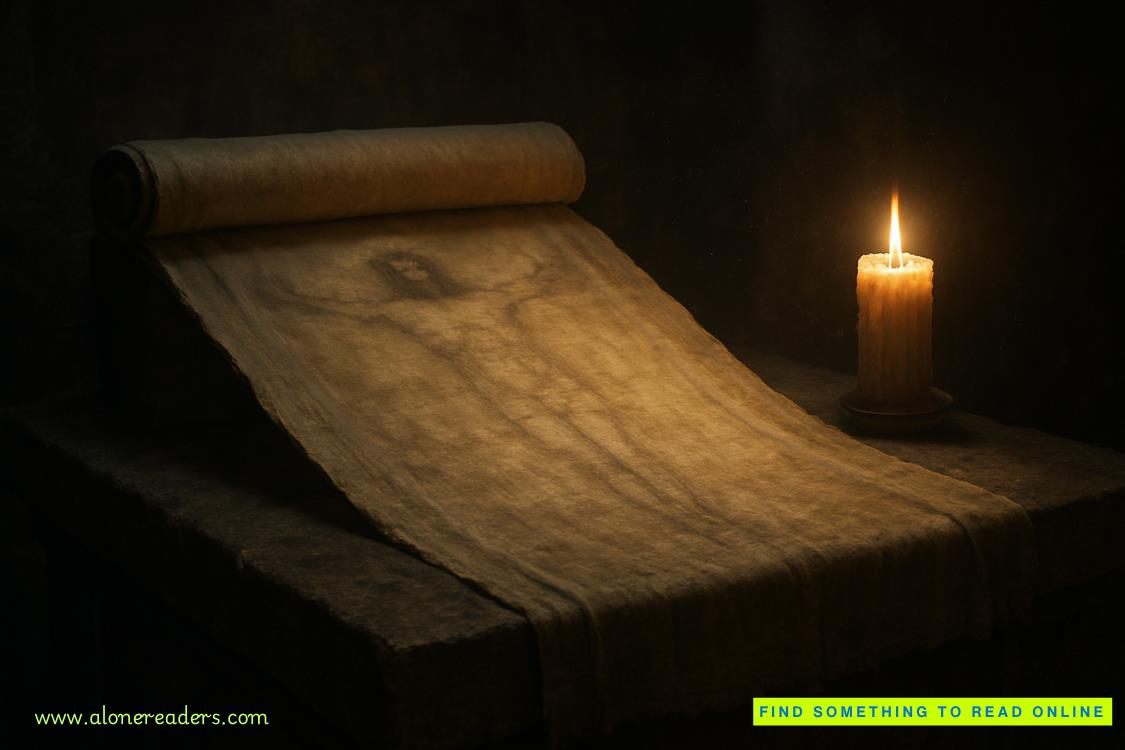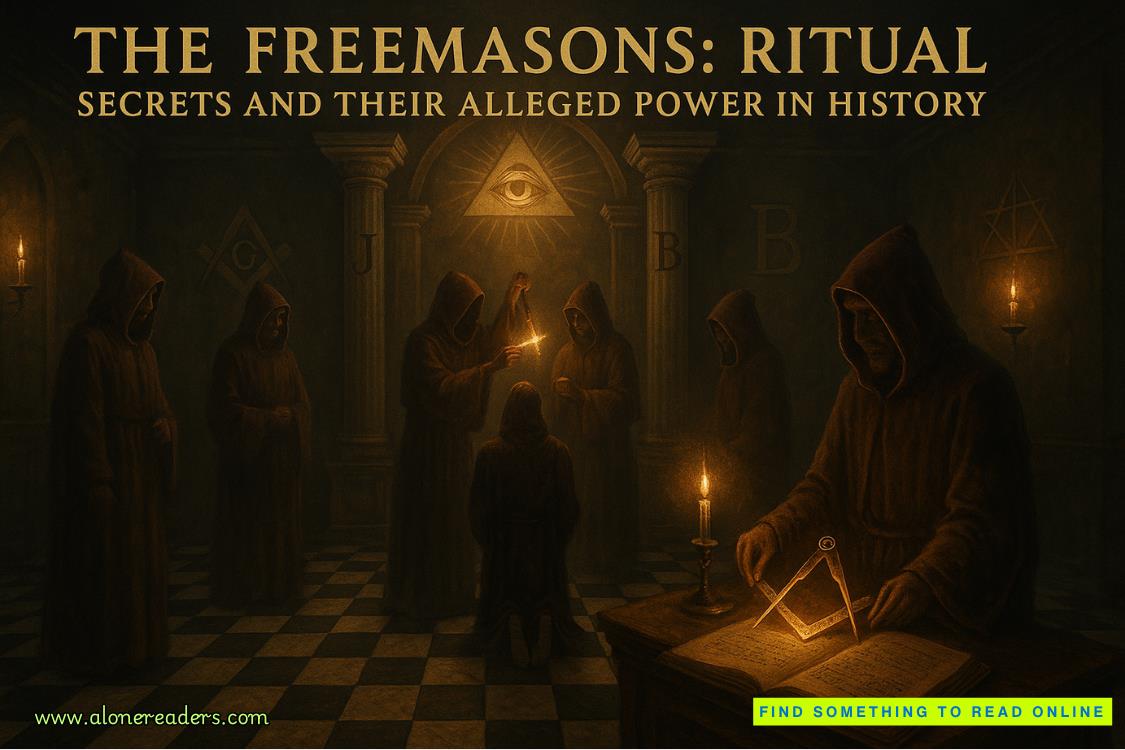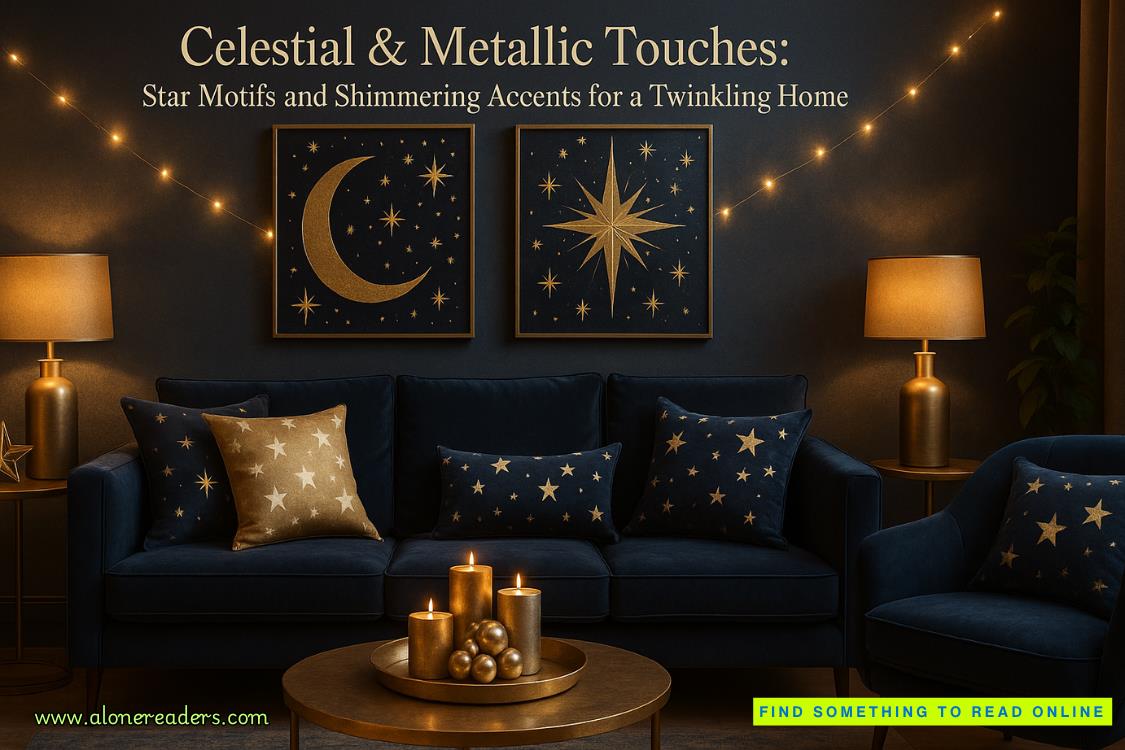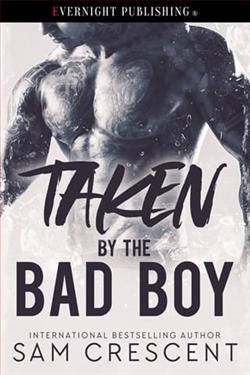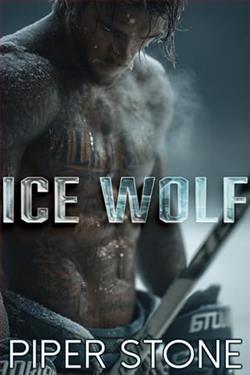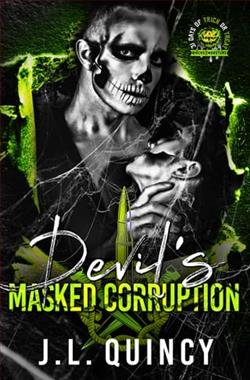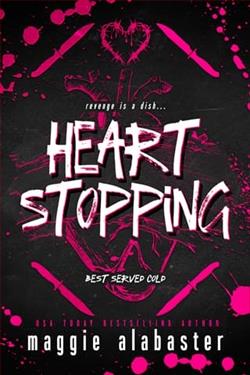Page 29 of Three-Inch Teeth
A sign out front read:
HANNA MUSEUM
SUMMER HOURS:
FRIDAY THROUGH SUNDAY 1–5 PM
WINTER HOURS: FRIDAY 1–5 PM
“There it is,” Cates said.
“A museum?” Johnson asked, exasperated. “We came all this way to go to a museum?”
“Yes.”
“It’s very clearly closed.”
“Drive around back and park,” he said. “We don’t want to be seen from the street.”
“There’s no traffic,” she said. “Not a single car.”
“Please, Bobbi,” he said in a quiet tone that others had described to him as menacing. As usual, it worked.
*
“YOU STAY HERE,” Cates said to Johnson after they’d parked. The overpass stretched over them and he’d asked her to position the truck so that it couldn’t be seen from above.
Johnson was clearly flummoxed. “If we were gonna rob someplace, why not that bar back there? Why not a damn ATM or something? I saw one on the way in. Why a museum?”
“It’s not for money,” he said, stepping out of the truck. Before closing the door, he leaned back inside. “Stay right here and keep your eye out. Turn the truck off so there’s no lights. And if anybody comes, let me know.”
“How long are you going to be?” she asked. “I’m getting hungry.”
“Ten, twenty minutes, I’d guess.”
“Hurry,” she said. “I don’t want to freeze in here.”
He closed the door without responding.
*
THE WINDOWS ON the back of the museum were shoulder-high, with old wooden frames and wavery glass. They were locked, but he could clearly see on top of the nearest window the inside metal latch that held it in place. It was obvious that the facility didn’t have a security system of any kind, at least not in the back of the building. There were no embedded wires in the glass or exterior cameras. Not in a town of six hundred and eighty-three people.
Cates found a rusted railroad spike in the tawny grass on the side of the building and carried it back. He used the spike to break through one of the panes of the window most deeply in shadow, then reached in through the hole and unlocked the hardware and slid it up.
There was no gust of warm air from inside, he noted. They probably kept the heating system off when the museum wasn’t open, which was most of the time, it seemed. Before making his move, Cates looked around. Johnson sat behind the wheel in the dark cab, studying his every movement. He was grateful she wasn’t staring at her phone, reading Facebook. There were no cars on the road in front of the museum or on the side.
Satisfied they were alone, he deftly launched himself up and through the open window and he was inside.
*
THE MUSEUM WAS mostly dark, but what he could see was lit by the red glow of several emergency exit signs mounted over the front and side doors. They threw a pink light through the interior and created deep shadows. He didn’t want to turn the lights on and he cursed himself for not buying a cheap flashlight at the Shell station.
Cates waited for his eyes to adjust to the gloom. What he could see had been described to him by his buddy Cody. It was primarily a railroad museum, with dioramas of Union Pacific model train sets, old mining tools and equipment, and a corner filled with memorabilia from when Hanna was founded in 1889 to service both the mines and the Union Pacific. The displays were neat and orderly and no doubt interesting.
But that wasn’t what Cates was looking for.
Around a glass display case filled with local jade and other minerals, he saw it: Zeus the Grizzly Bear. The mount towered nearly eight feet tall, the top of its head brushing the ceiling.

